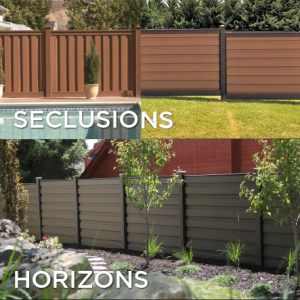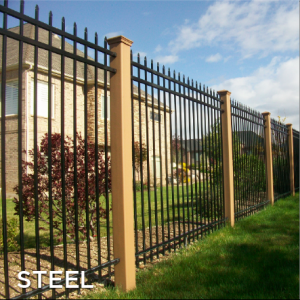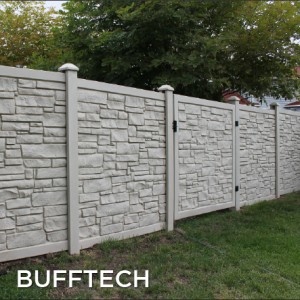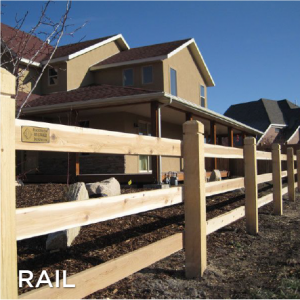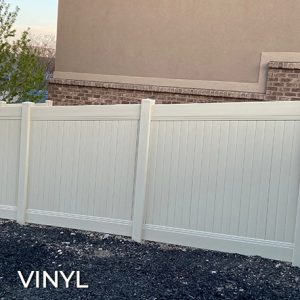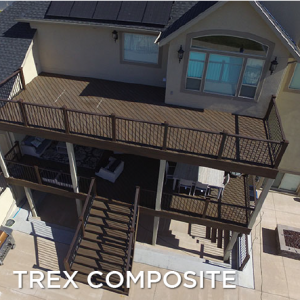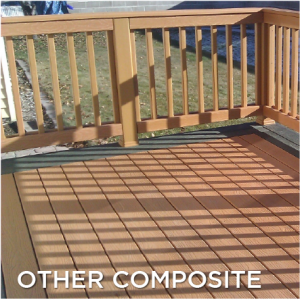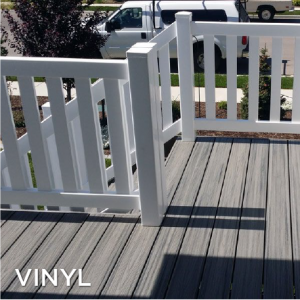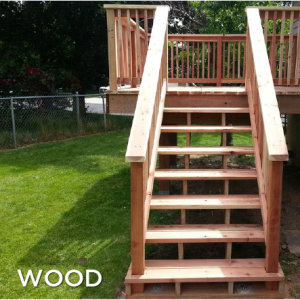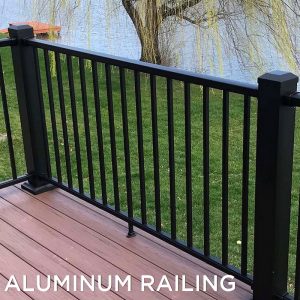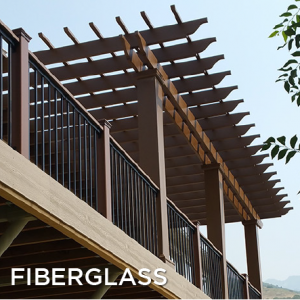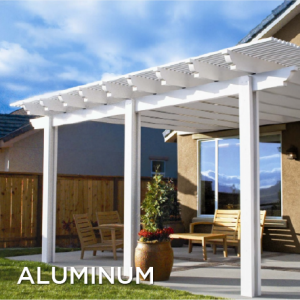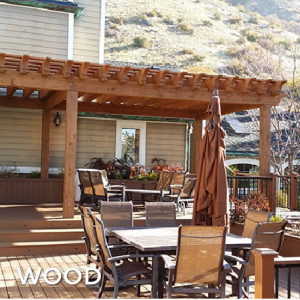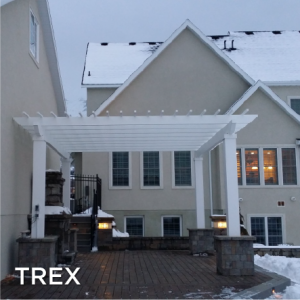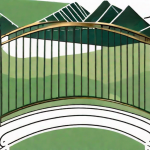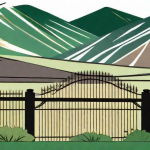Sandy Iron Railing and Fence Materials
Sandy iron is a versatile material that is widely used for railings and fences. Its unique characteristics and benefits make it an excellent choice for both residential and commercial projects. In this article, we will explore the different aspects of sandy iron as a material, the various designs available for railings and fences, the maintenance and care required, as well as the installation process.
Understanding Sandy Iron as a Material
Sandy iron is a type of iron alloy that is known for its durability and strength. It is made by combining iron with small amounts of carbon, which results in a material that is resistant to corrosion and weathering. Sandy iron is also highly malleable, making it easy to shape and mold into intricate designs.
When it comes to construction and design, sandy iron is a popular choice due to its exceptional properties. Its strength and durability make it suitable for various applications, including railings and fences. Let’s explore the characteristics and benefits of using sandy iron in more detail.
Characteristics of Sandy Iron
Sandy iron’s unique composition gives it a range of desirable characteristics. Its resistance to corrosion and weathering ensures that it can withstand the test of time, making it ideal for outdoor applications. Whether exposed to rain, snow, or intense sunlight, sandy iron remains strong and unaffected.
Furthermore, sandy iron’s malleability allows for intricate designs and shapes to be formed. Skilled craftsmen can create railings and fences with elaborate patterns, adding a touch of artistry to any property. This versatility makes sandy iron a favorite among architects and designers.
Benefits of Using Sandy Iron for Railings and Fences
There are several advantages to using sandy iron for railings and fences. First and foremost, sandy iron is incredibly strong and sturdy, offering excellent security and safety. It can withstand harsh weather conditions without warping or cracking, making it a long-lasting option.
Additionally, sandy iron railings and fences are highly customizable. They can be crafted to complement any architectural style, whether traditional or modern. Sandy iron can be easily formed into intricate patterns and designs, adding a touch of elegance and sophistication to any property.
Furthermore, sandy iron is a low-maintenance material. It requires minimal upkeep and can be easily cleaned with mild soap and water. With proper care, sandy iron railings and fences can retain their beauty for years to come.
Another benefit of sandy iron is its eco-friendliness. It is a recyclable material, which means that it can be repurposed and reused, reducing its impact on the environment. Choosing sandy iron for railings and fences is not only a practical choice but also a sustainable one.
Moreover, sandy iron’s durability makes it an excellent choice for areas with high traffic or heavy use. Whether it’s a busy commercial property or a bustling public space, sandy iron railings and fences can withstand the wear and tear of daily life.
Lastly, sandy iron railings and fences can enhance the curb appeal of any property. With their timeless elegance and classic charm, they add a touch of sophistication and grandeur. Whether used in residential or commercial settings, sandy iron creates a lasting impression.
In conclusion, sandy iron is a remarkable material that offers exceptional strength, durability, and versatility. Its resistance to corrosion, malleability, and low-maintenance nature make it an ideal choice for railings and fences. Whether you’re looking to enhance the security of your property or add a touch of elegance, sandy iron is a reliable and attractive option.
Different Types of Sandy Iron Railing Designs
Traditional Sandy Iron Railing Designs
Traditional sandy iron railing designs are characterized by their intricate details and ornate patterns. These designs often feature decorative elements such as scrolls, twists, and acanthus leaves. Traditional sandy iron railings add a classic and timeless charm to any property, making them a popular choice for heritage homes and buildings.
Modern Sandy Iron Railing Designs
Modern sandy iron railing designs, on the other hand, embrace simplicity and minimalism. These designs often feature clean lines and geometric shapes. Modern sandy iron railings offer a sleek and contemporary look, making them a perfect choice for modern and contemporary architecture.
Various Sandy Iron Fence Styles
Classic Sandy Iron Fence Styles
Classic sandy iron fence styles are inspired by traditional wrought iron fences. These fences typically feature spear-shaped pickets and decorative finials. Classic sandy iron fences exude elegance and provide both security and privacy to any property.
Contemporary Sandy Iron Fence Styles
Contemporary sandy iron fence styles offer a more modern and minimalist approach. These fences often feature straight lines and open designs. Contemporary sandy iron fences provide a sophisticated and chic look while still offering security and enhancing the overall curb appeal of the property.
Maintenance and Care for Sandy Iron Railings and Fences
Cleaning Techniques for Sandy Iron
To keep sandy iron railings and fences looking their best, regular cleaning is essential. Start by removing any loose dirt or debris using a soft brush or cloth. Then, mix a mild soap or detergent with warm water and use a sponge or soft brush to scrub the sandy iron surface. Rinse thoroughly with clean water and dry with a soft cloth.
Preventing and Treating Rust on Sandy Iron
Rust can be a common issue with iron materials, including sandy iron. To prevent rust from forming, it is important to apply a protective coating to the surface, such as a rust-resistant paint or a specialized iron sealer. Regular inspections should be conducted to identify any signs of rust or damage. If rust spots appear, they can be treated by sanding the affected area, applying a rust converter, and then touching up with paint or sealer.
Installation Process of Sandy Iron Railings and Fences
Preparing for Installation
Prior to installing sandy iron railings and fences, it is crucial to plan and prepare accordingly. Start by measuring the area where the railings or fences will be installed and determine the necessary materials. Ensure that the ground is level and clear of any obstacles. If necessary, consult with a professional installer or contractor to ensure a smooth and successful installation process.
Step-by-Step Installation Guide
- Start by marking the locations where the posts will be placed. Use a string or chalk line to ensure straight and even lines.
- Dig holes for the posts, making sure they are deep enough to provide stability. Fill the holes with concrete and allow it to set according to the manufacturer’s instructions.
- Attach the brackets or flanges to the posts, ensuring they are securely fastened.
- Install the railings or panels onto the brackets or flanges, using screws or other appropriate fastening methods.
- Securely attach the gate, if applicable, ensuring smooth and secure operation.
- Inspect the installation to ensure everything is properly aligned and secure.
- Apply any finishing touches, such as paint or sealant, to protect and enhance the appearance of the sandy iron railings or fences.
By following these steps, you can successfully install sandy iron railings and fences to enhance the aesthetic appeal and security of your property.
In conclusion, sandy iron is an excellent choice for railings and fences due to its durability, versatility, and aesthetic appeal. Whether you prefer traditional or modern designs, sandy iron can be customized to meet your specific needs and complement your property’s architectural style. By properly maintaining and caring for sandy iron railings and fences, they can retain their beauty and functionality for years to come. With the right installation process, sandy iron railings and fences can provide both security and enhance the overall curb appeal of any property.
